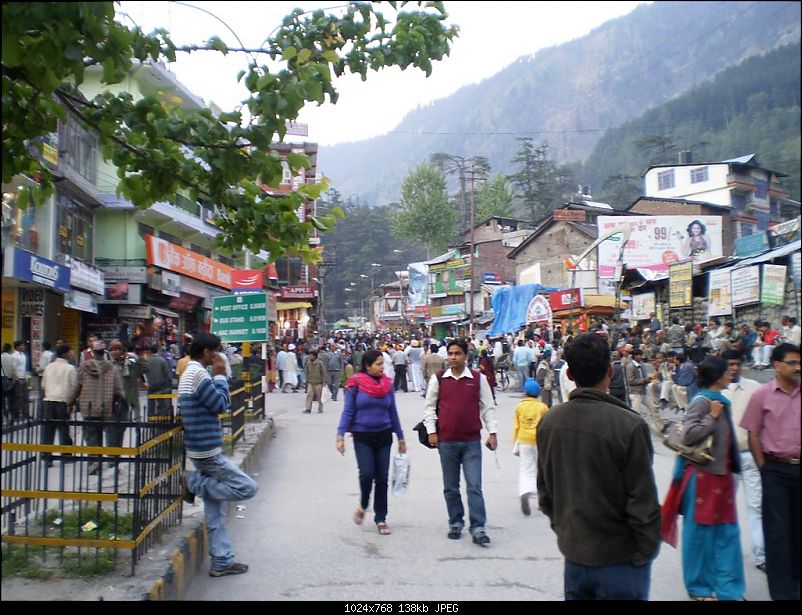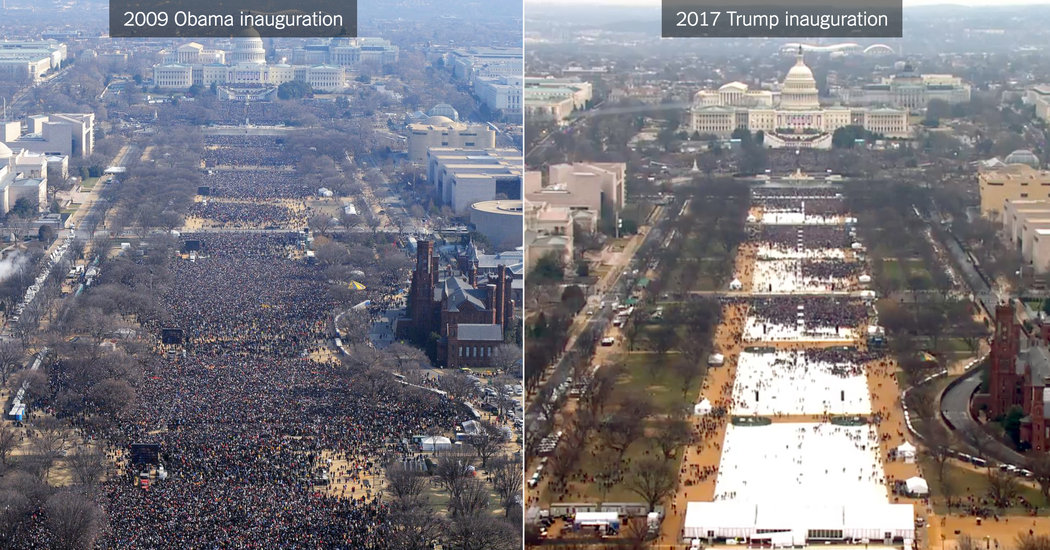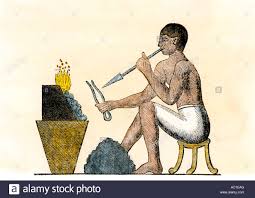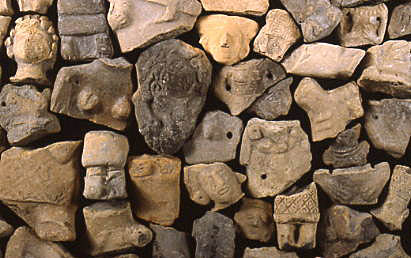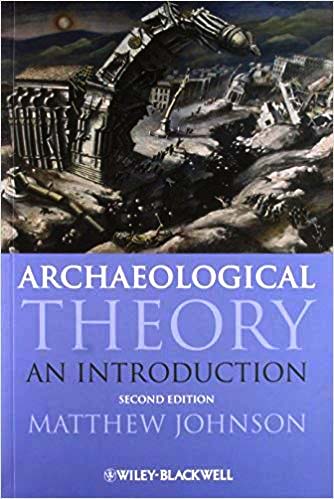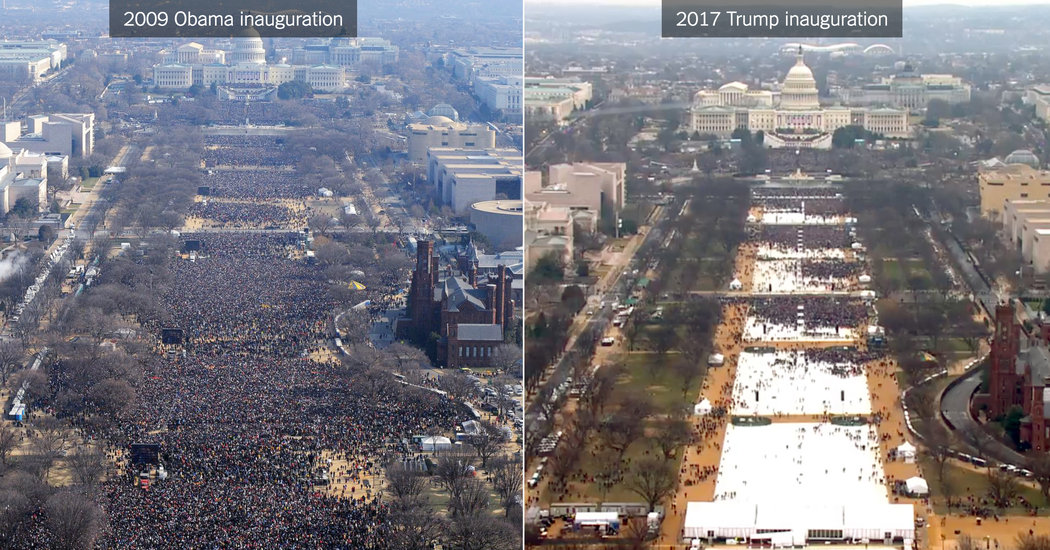Thread: Why are some archaeologists afraid of population data? I will destroy two common but entirely bogus arguments why someone is not concerned with population in the past. Then I will state the REAL reasons.
Few archaeologists will openly state that population data are not important. We all know that they are of utmost importance for understanding all kinds of social, economic, and political phenomena. The bogus objections are methodological.
BOGUS EXPLANATION #1: We can’t know, precisely, the number of people in a past settlement/society/region. Therefore, we shoUld not try to reconstruct populations. OK, let’s examine the logic here. Suppose I want to use botanical data at my site.
But the anti-botanical archaeological police step in and point out that I will never know the precise portion of the diet accounted for by maize, and therefore I should avoid using any botanical data at all. Or, suppose I want to examine metallurgy.
Now, the anti-metallurgy archaeological police show up, sirens wailing, to point out that I will never know precisely how many people were smelting, or how many products were produced. Cease and desist with your metallurgical fantasy.
“Stop!” I reply. EVERY SINGLE SOCIAL INTERPRETATION OF THE PAST relies on multiple lines of evidence and they are all imprecise and uncertain. If we give up on population, then we should be prepared to give up on archaeological interpretation, period.
BOGUS EXPLANATION #2. Population estimates “do not tell us much about what actual ancient cities were like, because they conceal huge differences” among cities. Say, what??? OK, lets play some more logic games. Suppose I want to study domestic ritual.
But wait, figurines and censers and such don’t tell us much, because they conceal big differences among sites. I’m having trouble keeping a straight face here. One avoids a particular type of evidence because it “conceals differences”? Nonsense.
Let me correct the imprecise prose of my unnamed work. Population data, if analyzed alone, without consideration for any other type of evidence, might conceal some differences. Substitute ANY KIND OF ARCHAEOLOGICAL ANALYSIS for population here.
One type of evidence does not “conceal” anything about the past. It ADDS to our knowledge of the past.
Ok time for the REAL REASONS some archaeologists avoid population data. REAL REASON #1: They are afraid of numbers. Maybe they count their artifacts or measure their buildings, but do they do any real quantitative analysis? Probably not.
Population reconstruction requires work with numbers and quantitative reconstruction. It need not rely on fancy statistics or obscure methods. But one does need to try out various numerical analyses.
REAL REASON #2: They are afraid of (or perhaps ignorant of) the methods and epistemology of science. They may think science demands precise results (nope, sorry), or that it is concerned with invariant and universal laws of human society (nope, again).
Scientists out there are probably rolling their eyes right now. But consider, the leading textbook on archaeological theory (by Matthew Johnson) has a completely faulty understanding of science and laws. The author uses a straw-man view of science ...
to dump on archaeologists who claim to be pursuing science in archaeology. See my paper in Antiquity on this: https://www.cambridge.org/core/journals/antiquity/article/social-science-and-archaeological-enquiry/EA1F4587647C3693958594BA889A19DC">https://www.cambridge.org/core/jour...
The reconstruction of past populations is not any more prone to error or more problematic than innumerable other archaeological analyses. But it IS one of the more important kinds of information about past (and present) societies.
So, to my colleagues with demographobia (is that a word?): Please drop the bogus rationalizations and try to do some rigorous archaeology.

 Read on Twitter
Read on Twitter